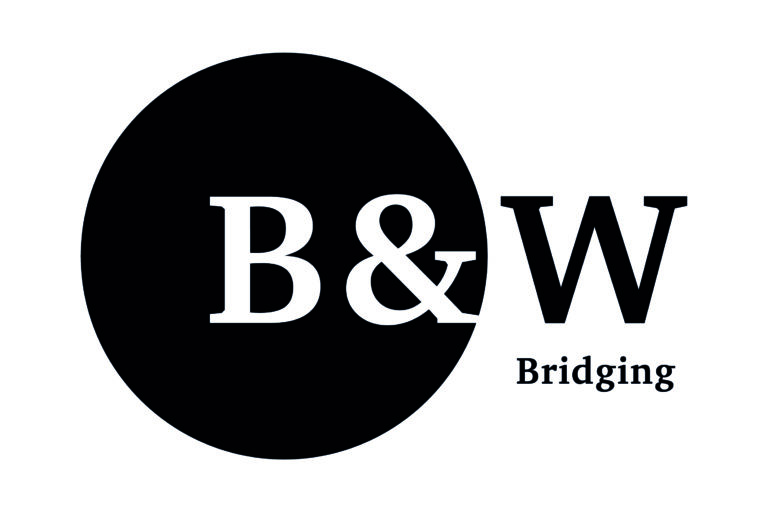Firstly, what makes a property unmortgageable?
Before we delve into how bridging can help you secure these properties, let’s first define what makes a property unmortgageable. Each lender will have varying criteria but the general rule of thumb is that the following are unlikely to secure conventional long-term finance at the outset.
- Properties that are derelict or where part of the building is in severe disrepair/needs demolishing.
- Properties without a kitchen or bathroom.
- Properties with structural defects such as damp, dry or wet rot.
- Properties close to mining works, areas of landfill, areas of recent flooding or subsidence.
- Properties of non-standard construction. Standard construction has brick or stone walls with a roof made of slate or tile, so anything that differs from this will be classed as Non-Standard.
- Where there are boundary disputes or where planning applications have not been applied for correctly.
- Leasehold properties with a short lease, typically less than 70 years, or a defective lease.
- Some properties with sitting tenants or regulated tenancies.
- All properties with a value below a threshold, sometimes stated as £40,000.
So where does bridging finance come in?
These properties can however make attractive investment opportunities for property professionals even if they are passed over by mainstream lenders. Whilst it may be difficult to raise the funds in a conventional sense, bridging loans can be the resource that turns negative results into positive ones for you and your clients.
How bridging can help fund these projects.
Bridging loans are a form of short-term finance with a term typically between 3-12 months that are designed to deliver capital quickly to complete property transactions. As long as the planned investment makes sense, and the borrower has a suitable exit in mind, a deal can usually be done!
- Bridging loans can be completed fast, sometimes as quickly as 7 days!
- Bridging loans can be secured against more than one property, allowing the borrower’s existing assets to be taken into account.
- Bridging loans can fund up to 100% of the property purchase price, depending on the estimated loan to the gross development value.
How do you apply for a bridging loan?
Bridging loans are usually applied for by using a financial intermediary such as a property finance broker. These brokers help guide borrowers through the process of application and will help the borrower understand the costs/risks involved.
Black & White is such a lender. Meaning we work with intermediaries to provide borrowers with the funds they require. Our mission is to provide truly transparent lending, with no grey areas.
If you’re an intermediary and would like to learn more about how we can work together or would like information on our products, then please get in touch with our team at enquiries@blackandwhitebridging.co.uk
